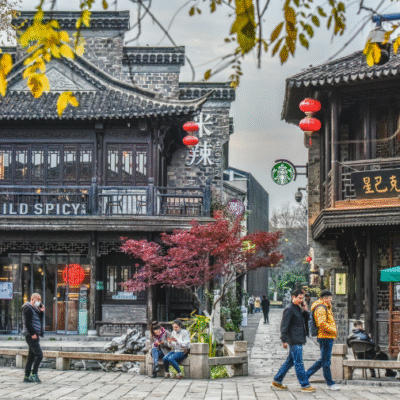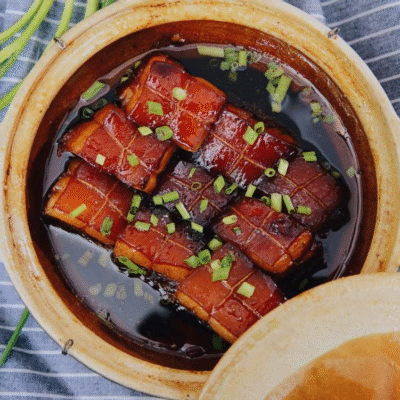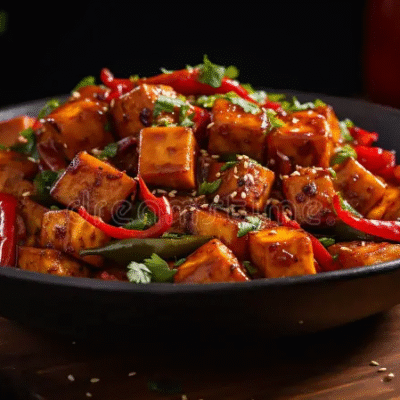What comes to mind when you think of Shanghai? Perhaps the Art Deco skyline along the Bund, the futuristic shimmer of Lujiazui, or the quiet hush of stone-gated alleyways.But to truly know Shanghai, you have to taste it.
Its food doesn’t shout. It whispers—sweetly, warmly, patiently. It’s a city of subtle stews and restrained spices, where the softness of glutinous rice meets the discipline of slow cooking. These ten quintessential dishes are not just meals—they are intimate portraits of Shanghai’s identity.
Xiaolongbao (Soup Dumplings)
Born in the small town of Nanxiang during the Qing Dynasty, xiaolongbao are the pinnacle of culinary craftsmanship: paper-thin wrappers, hand-folded pleats, tender pork filling, and rich soup sealed inside.
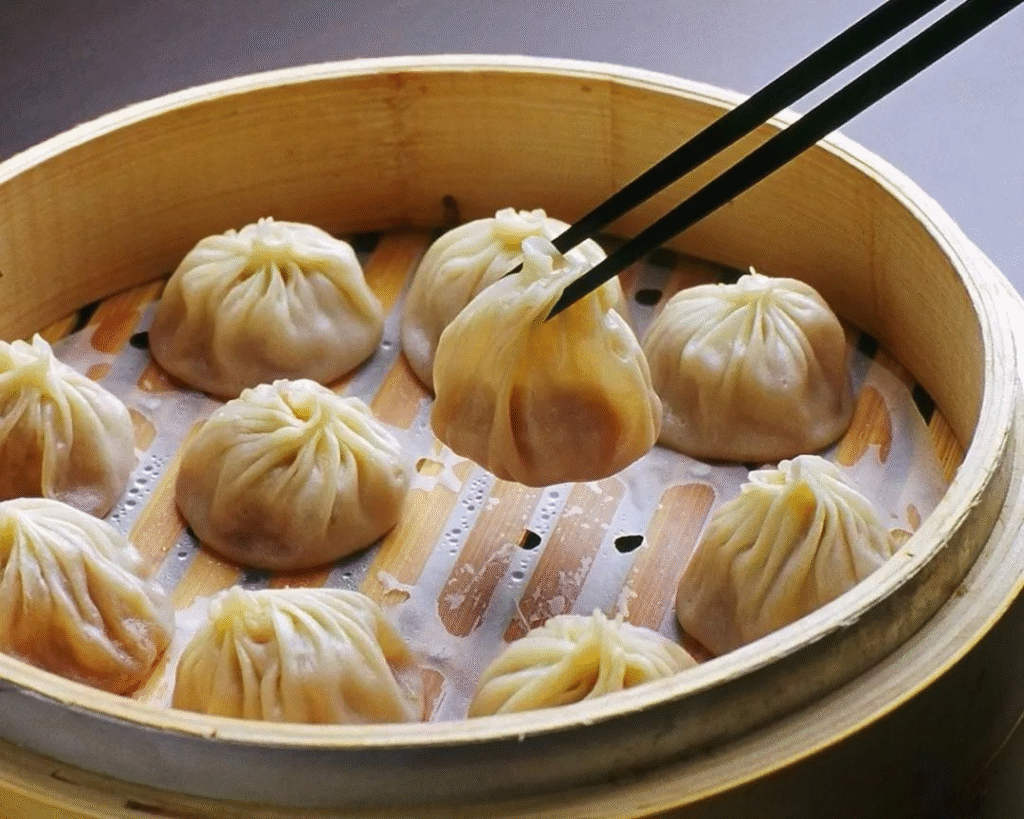
To eat one is to experience Shanghai’s true essence—delicate, composed, yet deeply flavorful once you break the surface.
Where to Try: Nanxiang Mantou Dian at Yuyuan Garden, or Jia Jia Tang Bao on Huanghe Road.
Shengjian Bao
Crispy-bottomed, juicy-centered, and always served piping hot, shengjian bao is the rowdier cousin of xiaolongbao—gritty, fast, and immensely satisfying.

This is what many Shanghainese grew up eating on chilly mornings, standing at street corners with a paper bag in one hand and seaweed soup in the other.
It’s the edible version of Shanghai’s working-class hustle.
Hong Shao Rou (Red-Braised Pork)
Red-braised pork is found all over China, but in Shanghai, it leans toward the sweet. Slowly simmered in soy sauce, sugar, and yellow wine, the pork is silky, tender, and glistens with nostalgia.

The dish echoes Shanghai’s personality: refined but resilient. It doesn’t need to shout to stand out.
Often served during family feasts and Lunar New Year dinners, this is Shanghai’s version of “soul food.”
Cífàn Gāo (Deep-Fried Rice Cakes)
Fried glutinous rice cakes may look humble, but they carry a deep cultural memory. Made from leftover sticky rice, cooled, sliced, and fried to a golden crisp, they are simple, comforting, and always satisfying.

In postwar Shanghai, when oil was scarce and meat a luxury, this was breakfast for the masses. Today, it’s a nostalgic treat that reminds locals: we’ve been through hard times—and survived sweetly.
Scallion Oil Noodles
Just noodles, scallions, and soy sauce—nothing more. But therein lies the genius of Shanghai cuisine. The flavor is not in the garnish but in the technique: how the scallions are fried until caramelized, how the soy sauce balances salt and umami.

This is the food equivalent of minimalism, yet infinitely comforting.
A staple in every Shanghainese home, eaten solo, quietly, with satisfaction.
Shanghai-Style Soy Duck
Served cold and sliced thin, this glossy, marinated duck is firm, savory, and sophisticated. It’s a dish of paradoxes—dark in appearance but subtly flavored, cold in temperature but warming in effect.

It mirrors the elegant aloofness of old Shanghai—like a woman in a cheongsam who says little, but leaves a strong impression.
Stir-Fried River Shrimp
This dish looks deceptively simple: just tiny river shrimp, stir-fried with egg white and a touch of rice wine. But its perfection depends on timing, knife skills, and oil control.

Too long, and the shrimp toughen; too short, and they stay raw. Done right, they are plump, glossy, and delicate.
It’s a masterclass in subtlety—a quiet dish that demands loud talent.
Fermented Rice Balls (Jiu Niang Yuan Zi)
Tiny glutinous rice balls swim in a bowl of warm, mildly boozy fermented rice broth. Slightly sour, slightly sweet, and slightly drunk—it’s Shanghai’s way of surviving the damp, bone-chilling winters.
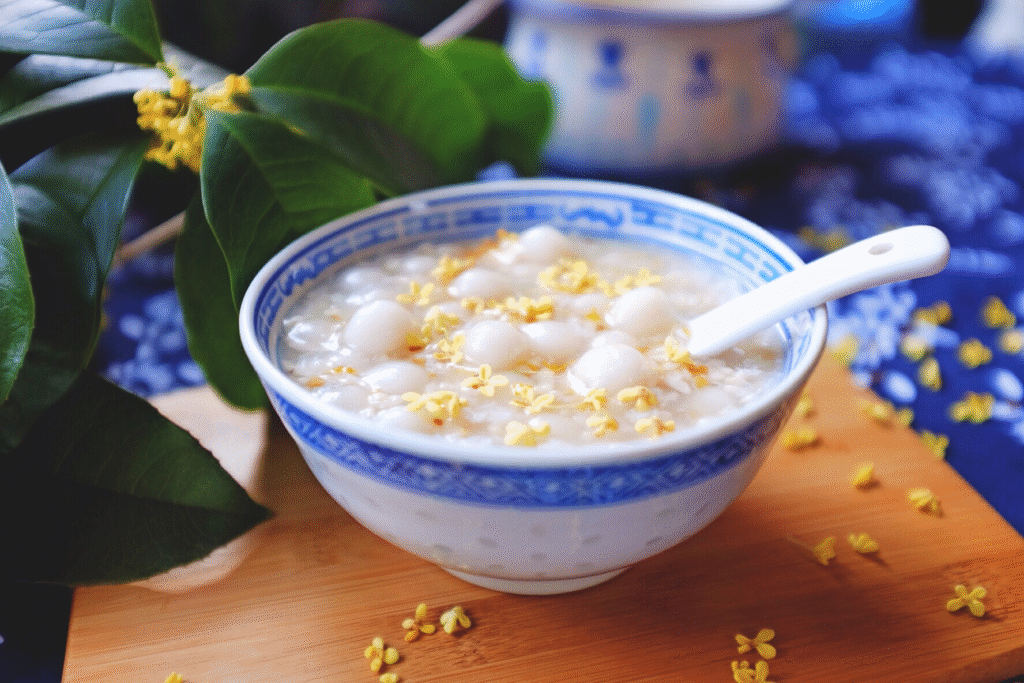
Every grandmother makes her own version. Every sip feels like a hug you didn’t know you needed.
Eight Treasures Spicy Sauce
Eight ingredients—shrimp, peanuts, chicken, bamboo shoots, mushrooms, tofu, and more—are tossed into a rich bean paste base. Sweet, salty, spicy, and crunchy, it’s the Jackson Pollock of local cuisine.

It’s Shanghai letting loose, just a little.
Best served over plain rice, when you want one dish to do everything.
Sweet & Savory Spare Ribs with Rice Cakes
Braised spare ribs and chewy rice cakes might seem like an odd couple—but together, they sing. The ribs bring umami and sauce; the rice cakes absorb it like sponges, creating an endless loop of flavor and texture.

It’s not just a dish. It’s a metaphor for Shanghainese life: soft meets strong, tradition meets change.
Epilogue: To Taste is to Understand
In Shanghai, food is never just food.
It’s the memory of a breakfast on a rainy morning.
It’s the voice of a grandmother asking if you’re warm.
It’s the resilience of a people who have learned to find sweetness, even in lean times.
So next time you walk through the city, skip the skyline. Follow your nose.
You might just find Shanghai—in a bowl of soup, a crisp-bottomed bun, or the steam rising from a humble plate of noodles.

